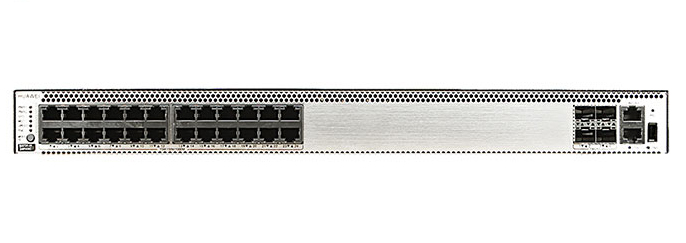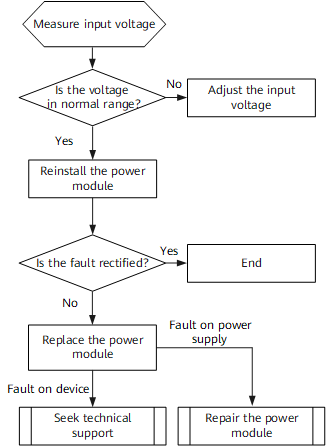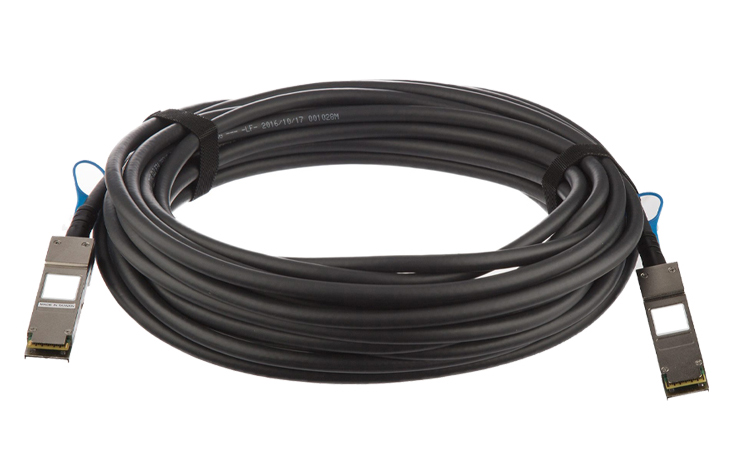
































Is your Mac running out of storage space? It happens -- especially if you've purchased a laptop with a smaller internal drive.
When you find yourself in such a situation, what do you do? You could try clearing your browser data, but that won't always get back much space.
Also: I rescued my dying 2017 MacBook Pro with Ubuntu and it works like a charm (mostly)
Fortunately, there are things you can do to clear up considerable space. I've had instances where I've regained nearly 30 GB, which makes a huge difference.
That said, let's get to the different ways you can clear system data on MacOS.
The system cache is where you'll reclaim the most storage (especially if you've been using your Mac for a while).
Open Finder and then click Go in the menu bar. From the drop-down menu, select Go to Folder.
When prompted in the pop-up, type ~/Library/Caches and hit Enter on your keyboard.
In the ~/Library/Caches folder, select all of the sub-folders (Command+A), right-click (or two-finger tap) one of the selected folders, and click "Move to Trash" to delete them. After you've done that, make sure to empty your Trash.
When I emptied that folder, it deleted nearly 400,000 items, so you can be sure I reclaimed a lot of space. Of course, I hadn't emptied that folder in a long time.
The next step is to clear system logs, which can also take up more space than you might think. Here's how this is done.
Also: How to install an LLM on MacOS (and why you should)
Once again, open Finder, click Go, and select Go to Folder.
In the resulting pop-up, type /var/log/ and hit Enter.
Select all the files inside the Log folder (Command+A), right-click (or two-finger tap) one of the files, and then click "Move to Trash." In order for the action to complete, you will be prompted for your user password. Type the password (or user biometrics), and the files will be sent to Trash. Make sure to empty the trash to delete everything.
If you've added extra language files and no longer use them, you can repeat a similar action by going to /Library/Languages and deletingonlythe language folders you don't need.
Finally, you can reclaim a bit more space by going to the Applications folder and deleting the apps you no longer use.
Also: 5 MacOS-like Linux distros that can rescue your old Intel Mac before support ends
After you've taken care of the steps above, you should have reclaimed a good amount of internal storage space on your Mac.
Get the morning's top stories in your inbox each day with ourTech Today newsletter.
 Hot Tags :
Tech
Services & Software
Operating Systems
Hot Tags :
Tech
Services & Software
Operating Systems